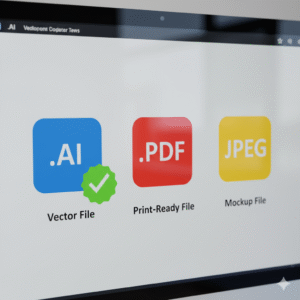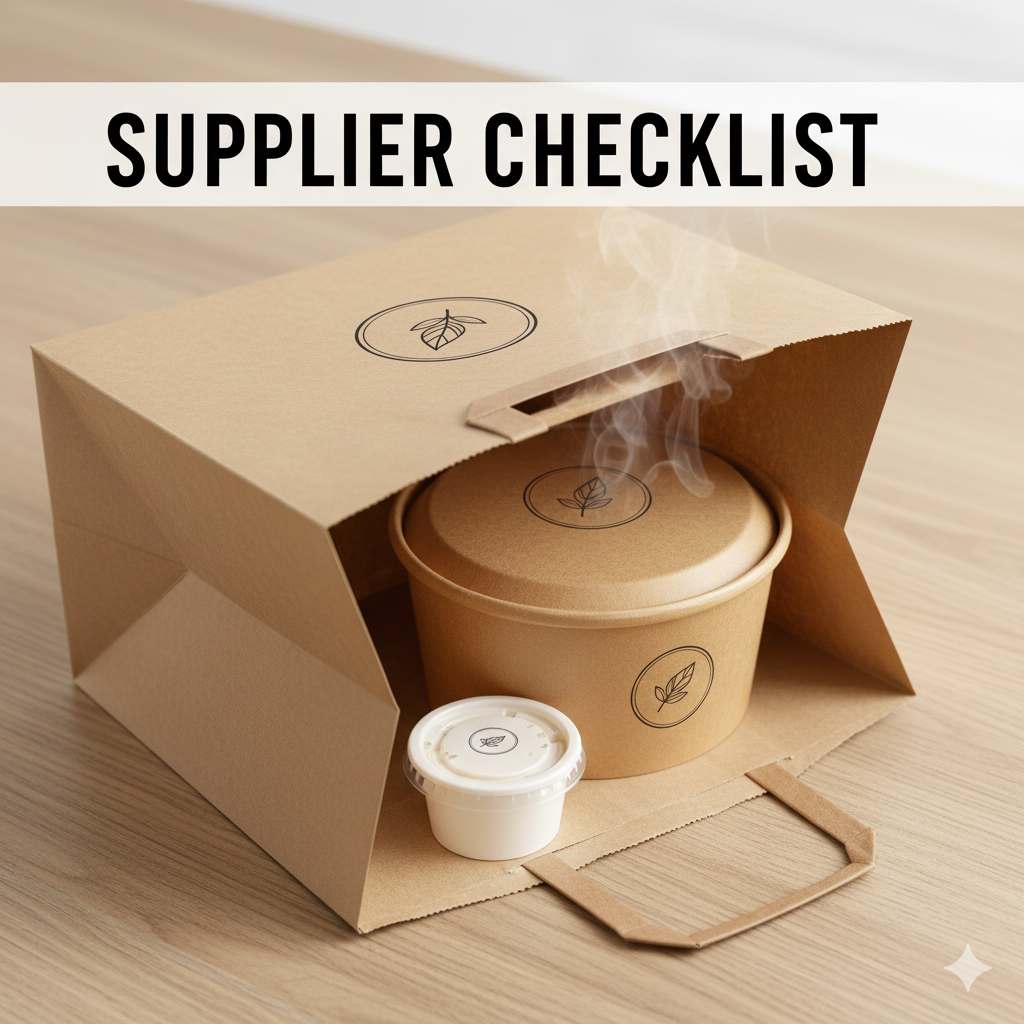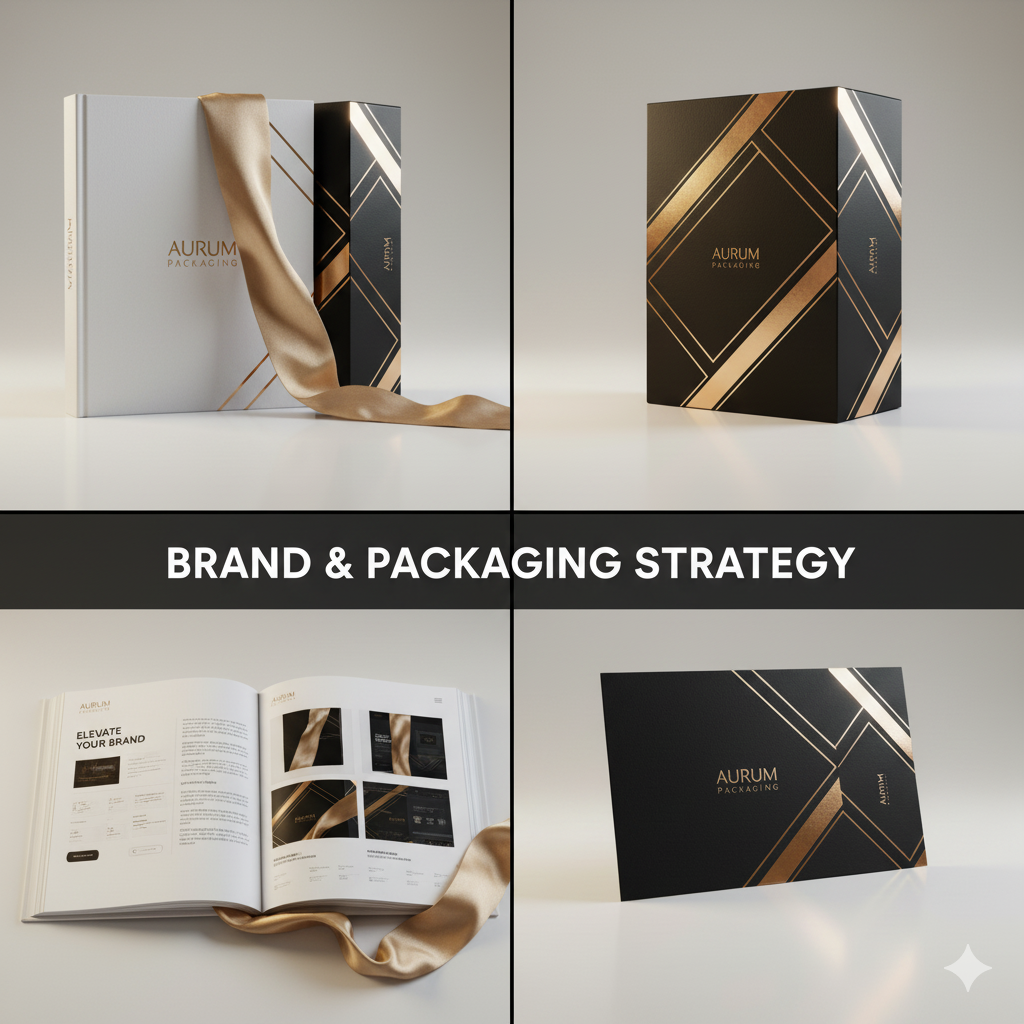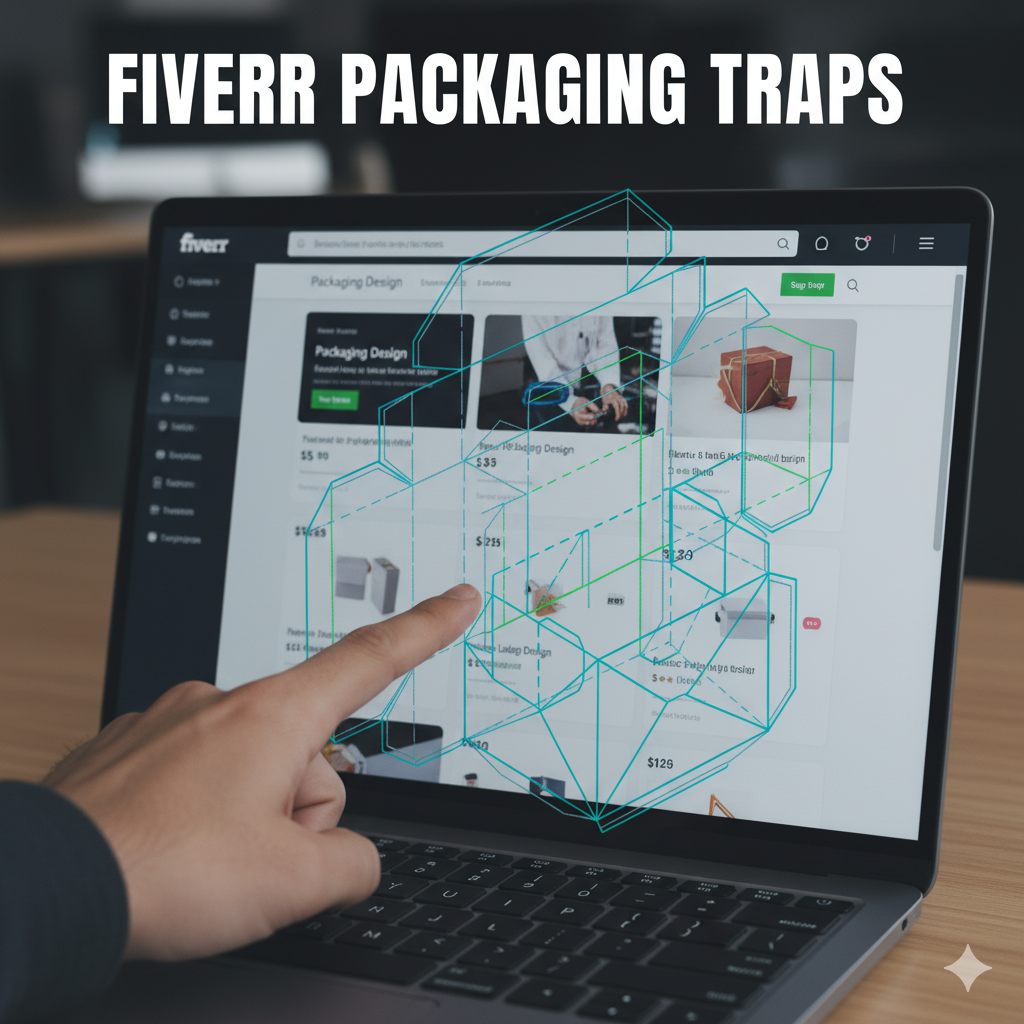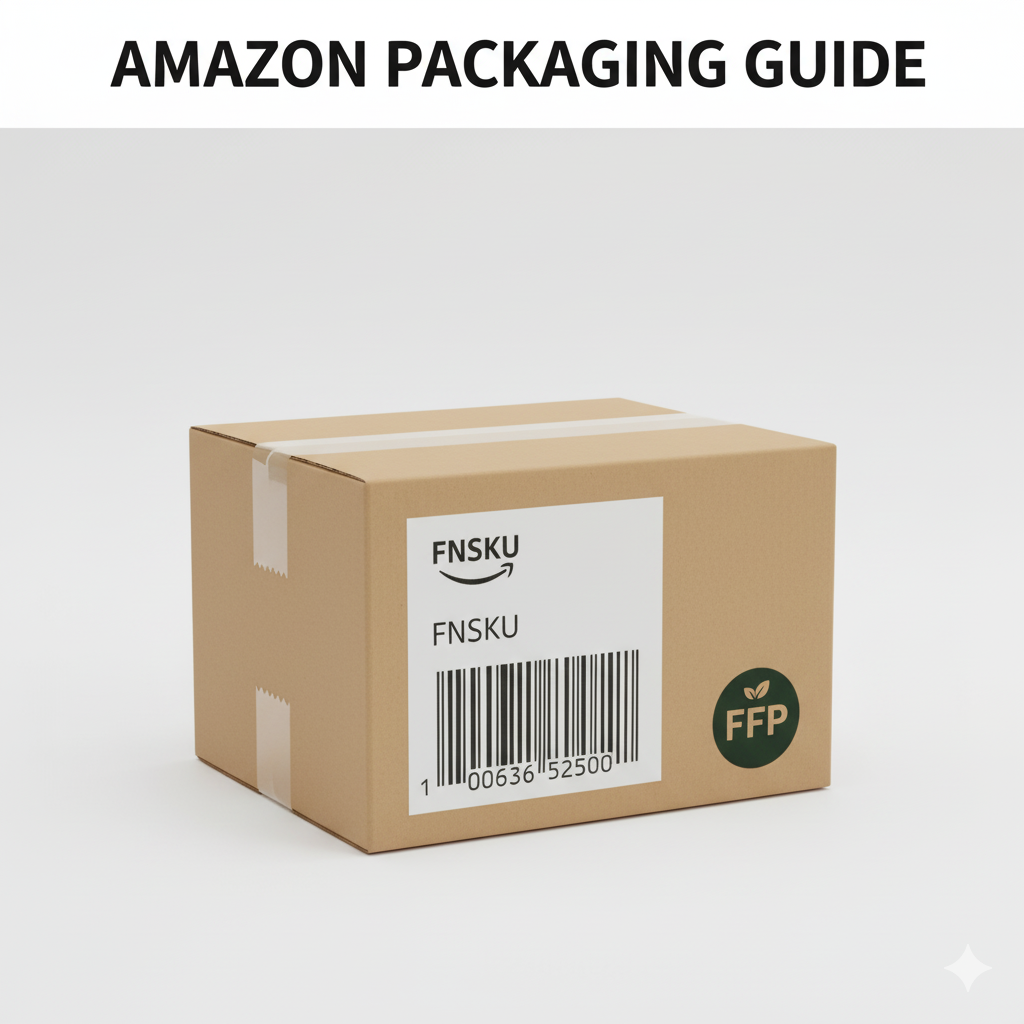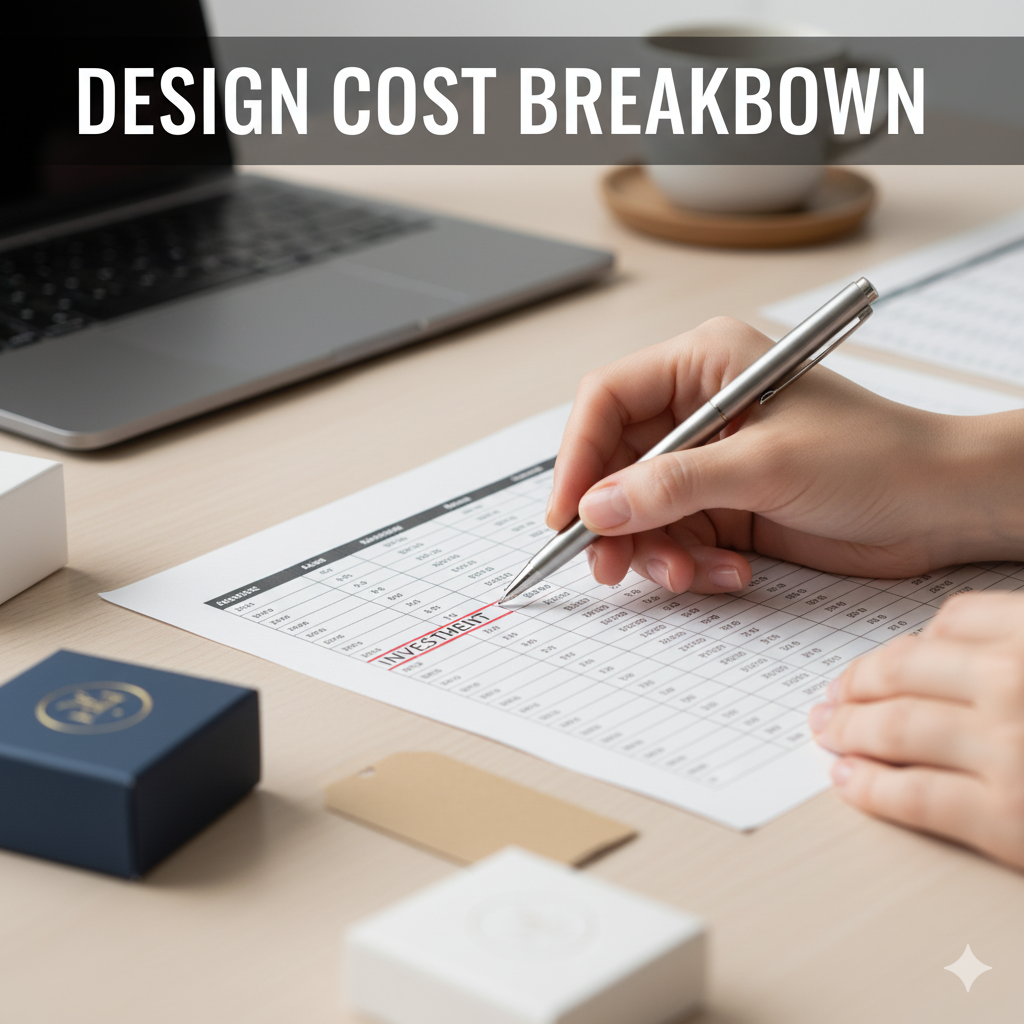Freelance Packaging Design: Balancing Cost, Quality, and Chaos
Table of Contents
- Introduction: The Appeal and Risk of Freelance Design
- The Pros: Flexibility, Diversity, and Cost-Efficiency
- The Cons: Reliability, Consistency, and Technical Gaps
- The 3 Essential Skills a Freelancer Must Have
- What to Expect: Pricing Models and Typical Costs
- The Non-Negotiable Deliverables: Beyond the Pretty Mockup
- The Client’s Role: Minimizing Freelancer Chaos
- When to Hire an Agency Instead of a Freelancer
- Frequently Asked Questions (FAQs)
- The Freelancer Vetting Scorecard
- Conclusion: Making an Informed Investment

Introduction: The Appeal and Risk of Freelance Design
For startups and small businesses, hiring a freelance packaging designer often seems like the ideal way to get a professional look without the high price tag of a full design agency. Freelancers offer flexibility, fresh ideas, and project-based pricing, making them an excellent choice for a quick label update or a single product launch.
However, the world of freelance design is a wild chakar. While top freelancers are strategic partners, many offer just a graphic layer without the crucial technical or strategic support. This gap in expertise can lead to missed deadlines, poor print quality, and ultimately, wasted production money. Understanding how to vet and manage a freelance packaging designer is the difference between saving money and sabotaging your brand.
The Pros: Flexibility, Diversity, and Cost-Efficiency
The key benefits of working with a freelance packaging designer are clear:
- Cost-Efficiency: Freelancers generally charge significantly less than large agencies, making them ideal for businesses operating on a tight budget. Their rates can range from $20–$50 per hour or $500–$3,000 per project for simpler work.
- Flexibility: They are hired on an as-needed basis, which is perfect for fluctuating design workloads. You only pay for the specific project, saving on long-term employment costs.
- Fresh Perspectives: Since freelancers often work across many industries, they bring a diversity of styles and innovative ideas that an in-house team might overlook.
- Direct Communication: You typically communicate directly with the designer, speeding up the creative feedback process (when they are available, yaar).
The Cons: Reliability, Consistency, and Technical Gaps
The challenges of the freelance model are centered on reliability and depth of service:
- Reliability and Deadlines: Freelancers often juggle multiple clients. This lack of a formal management structure can lead to missed deadlines, slow communication, and project delays.
- Brand Consistency: Since they don’t live and breathe your company culture, a freelancer needs rigorous Brand Guidelines and clear management to ensure consistency across your entire product line.
- Technical Gaps: The most serious risk is a lack of technical expertise in print production. A freelancer might deliver a beautiful design that a printer cannot use due to incorrect die-lines, color modes, or bleed settings.
- Limited Services: They rarely offer crucial services like structural engineering, large-scale market research, or ongoing compliance checks.
The 3 Essential Skills a Freelancer Must Have
When hiring a freelance packaging designer, always prioritize these three non-negotiable skills over sheer artistry:
- Technical Production Knowledge: They must understand CMYK, die-lines, bleed, and safety margins. Ask them to describe their process for creating a print-ready file—if they hesitate, walk away.
- Structural Awareness: They need to appreciate how design interacts with the 3D form. They should ask for your manufacturer’s die-line template first, not create their own unless that is their specific niche (CAD/structural design).
- Communication and Professionalism: Look for prompt replies and structured communication. Unreliable communication is the biggest source of chaos in freelance projects.
What to Expect: Pricing Models and Typical Costs
Freelance packaging design pricing typically falls into three categories:
| Pricing Model | Description | Best For |
| Hourly Rate | Billing based on time spent. Ranges from $20–$80 per hour, depending on experience and location. | Small, undefined tasks or ongoing small revisions. |
| Project-Based Fee | A single flat rate for a defined scope of work and fixed deliverables. | Single product launches with a clear brief and limited revisions. |
| Value-Based Pricing | Charging based on the perceived ROI the design brings to the client. | Experienced, high-end freelancers with specialized niche expertise. |
The Non-Negotiable Deliverables: Beyond the Pretty Mockup
A good freelance packaging designer doesn’t just deliver a pretty image file. Insist that the contract explicitly requires:
- Editable Vector Source Files (.AI or .EPS): You need the original artwork for future edits and scaling.
- Print-Ready Files (PDF/X-1a format): Properly set up in CMYK, with bleed, linked images, and outlined text.
- High-Resolution 3D Mockup: Essential for marketing materials (e-commerce listings, social media).
- Commercial Rights: A contract clause confirming you own the final work and can use it commercially.
The Client’s Role: Minimizing Freelancer Chaos
Hiring a freelancer puts the burden of project management directly on the client. To ensure a smooth experience:
- Provide an Iron-Clad Brief: Deliver your manufacturer’s die-line, precise dimensions, copy, brand guidelines, and target audience info upfront.
- Define Deadlines Clearly: Set clear milestones for the first draft, revision rounds, and final delivery.
- Be Available: Freelancers are efficient if feedback is immediate. Don’t let a project stall on your desk.
When to Hire an Agency Instead of a Freelancer
While freelancers are excellent for graphic design, a full Branding and Packaging Design Agency (like Frameaxe.com) is the better choice when your needs involve:
- Multiple SKUs: Agencies ensure deep consistency across complex product lines.
- Structural Design: When you need a completely unique box shape engineered from scratch.
- Brand Strategy: When you need market research and a full brand identity developed simultaneously with the packaging.
- High-Risk Products: For fragile or heavily regulated items where one error could cost thousands in penalties.
Portfolio Showcase: Packaging Design Excellence
See the difference that technical expertise and strategic quality make for a lasting brand impression:
